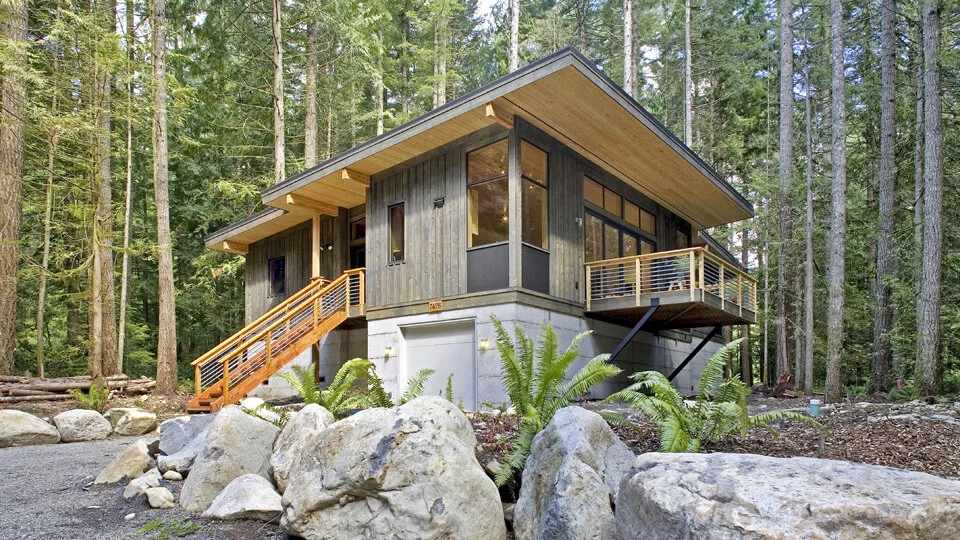There are many cities that have embraced the concept of adaptive reuse over time.
What is Adaptive reuse?
Adaptive reuse is a strategy for preserving and revitalizing buildings and other structures by converting them from their original use to a new one, while retaining their historic character and significant features. This approach to preservation recognizes that many older buildings are still valuable in terms of their architectural or cultural significance, but may no longer be suited for their original purpose.
There are many cities around the world that have embraced the concept of adaptive reuse to preserve their cultural and architectural heritage while creating new opportunities for growth and development.
- Berlin, Germany: Berlin has a rich history of adaptive reuse, with many historic buildings being repurposed after the fall of the Berlin Wall in 1989. One notable example is the former East German Palace of the Republic, which was converted into a cultural center after being left unused for many years.
- Amsterdam, Netherlands: Amsterdam is known for its canals, historic buildings, and adaptive reuse. Many of the city’s old warehouses and factory buildings have been converted into trendy apartments and office spaces, preserving the city’s unique character and history.
- Paris, France: Paris has a long tradition of preserving its architectural heritage, and many of the city’s historic buildings have been adapted for new uses over the years. For example, the former police headquarters is now a luxury hotel, and the city’s famous covered passages have been converted into shopping centers and cultural venues.
- New York City, United States: New York City is famous for its adaptive reuse, with many old industrial buildings and warehouses being repurposed as residential and commercial spaces. One notable example is the High Line, an elevated park built on an old freight rail line that runs through the city’s West Side.
These are just a few examples. Adaptive reuse has many benefits, including preserving the cultural and architectural heritage of a community, reducing the carbon footprint of new construction, and revitalizing neighborhoods by repurposing existing buildings. Additionally, it can help to support local economies by creating new jobs and reusing existing resources, rather than consuming new resources for new construction.




